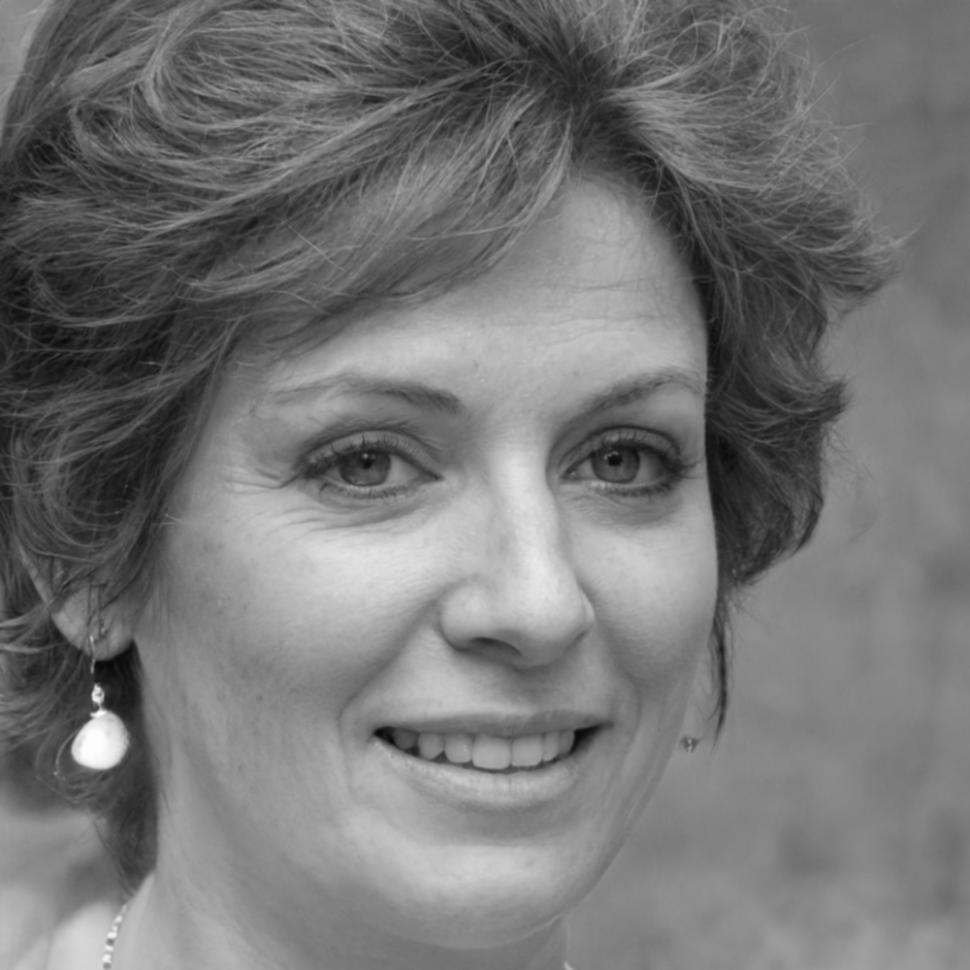From Impulse Spending to Intentional Choices
"I thought I understood my spending habits, but the cognitive mapping exercise revealed patterns I'd never noticed. Within six weeks, I was making completely different choices without feeling deprived. The change felt natural because we addressed the actual triggers, not just the surface behaviors."
Helena increased her savings rate from 8% to 24% while maintaining her quality of life. More importantly, she developed a decision-making framework that she continues to apply to new financial situations. Her anxiety around money decreased measurably, and she now approaches financial planning with curiosity rather than dread.



